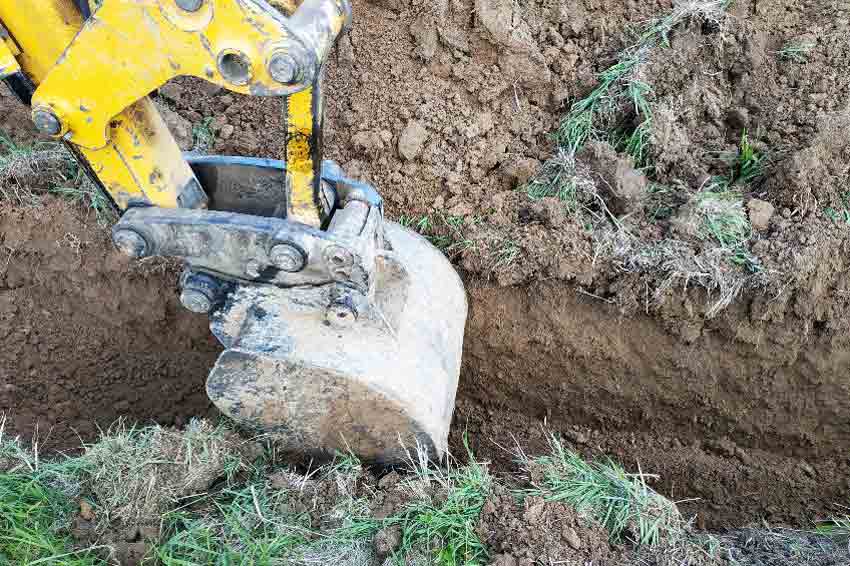
The terms trenching and excavation may both bring to mind visions of digging and moving dirt around. In reality, the differences are deeper than that, and each is appropriate for certain situations.
Excavation involves digging up concrete or like materials to install new features on your property or begin the process of building a new structure with a foundation. This entails heavy-duty machinery likely ripping up the lawn. It requires more time than trenching and will cost more energy and effort on your part.
Trenches as a general rule are much more shallow than excavation work, and as such require less heavy machinery and shorter work time and cause less disruption to your routine. Trenches would more likely be a beginning to a sidewalk or a transport infrastructure for wires and cables than a foundation or a pool, which might necessitate excavation.
Trenches are long ditches and common features of new home construction. If they are retrofitted to existing structures or property, however, they can impact drainage, especially in places with septic systems.
The primary differences between trenches and excavation are the depth and size of the hole. Which one is right for your project will be determined by your aim and what exactly you need, and though that sounds plain to see, it affects the cost of the project and how safe it will be to accomplish.
Anything deep enough to create load-bearing walls or a foundation is a tell-tale sign of an excavation instead of a trench. As could be expected from the amount of work and difficulty of a job, excavation is typically more expensive than trenching.
Little’s Excavation has the equipment and expertise to handle either scenario in a safe and professional manner.
